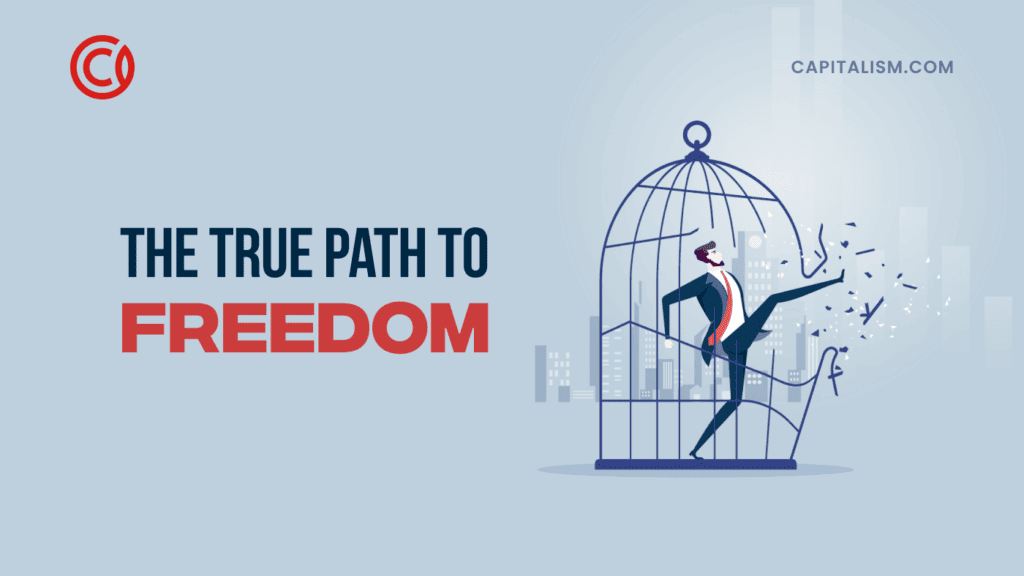It’s easy to get wrapped up in failure.
When things don’t go as planned, there’s a tendency to dwell on what went wrong. Instead, we could be using the opportunity to learn and grow.
When you’ve got a “fixed mindset”, you’re much more likely to have trouble dealing with failure.
So, if you’ve struggled to succeed, it may be your mindset that’s getting in the way. Find out how a growth mindset can help you develop the skills that you need to get ahead.
What is a Growth Mindset?
A growth mindset is a concept developed by Carol Dweck, a professor of psychology at Stanford University. She came up with this concept back in the 1970’s, while studying the way that children cope with loss or failure.
What she found was that some children actually enjoyed the learning opportunities that failure can bring. At the same time, other children had tremendous difficulty dealing with these setbacks.
Professor Dweck then came up with two terms to categorize these opposing responses. Those that had trouble with failure had a “fixed” mindset. Those that relish the opportunity that it brings have a “growth” mindset.
With the latter, you’re more likely to enjoy challenges and developing new skills. You see failure as a way to learn something new, instead of being another obstacle from which you can’t recover.
Basically, those with a growth mindset believe that you can develop new skills and abilities. The fixed mindset applies to people that believe you’re inherently born with a set potential. They believe we’ve got a fixed set of skills and abilities.
A fixed attitude gets in your way. You’ll have trouble overcoming challenges or moving forward after failure. You might believe that you’re either good something or you’re not.
There’s no room for growth.
So, how do you get away from the fixed beliefs and encourage yourself to grow?
Here are 5 simple tips that can help you adopt a growth mindset.
#1 – Learn to Recognize Your Way of Thinking
The first step is identifying your current frame of mind. You need to recognize your way of thinking and determine whether it’s more fixed or growth-focused.
When you’re presented with a challenge, do you tend to fear failure? When you receive criticism, do you come up with excuses or try to pass the blame? If you answered yes to either of these two questions, then you’ve probably got a fixed outlook.
Learning to recognize this outlook is a necessary step in changing your attitude. You need to be able to listen to your inner voice and recognize your way of thinking.
#2 – Use Positivity to Combat Your Fixed Beliefs
Once you recognize your way of thinking, you can fight your inner voice with positivity. Every time you face failure, a setback, or criticism, you need to respond to the voice that tells you to pass the blame or give up.
Combat your fixed mindset by talking back to yourself. When your fixed way of thinking causes you to doubt your abilities, talk back with a positive response.
Tell yourself that you will get the chance to test your abilities. Tell yourself that if you don’t try, you’ll never know if you’re actually capable of succeeding.
#3 – Force Yourself to Tackle Difficult Challenges
The next step is to force yourself to take on more difficult challenges. Test yourself by pushing yourself.
When you’ve got the opportunity to take on a challenge, you should go for it. If the idea scares you, then think about the skills and resources that you’ll need to use to complete the challenge.
The more you take on the more you’ll be able to test your outlook and challenge your initial beliefs.
#4 – Realize That You Always Have a Choice
It’s also important to realize that you always have a choice. You can choose whether you deal with a difficult task with a fixed or growth mindset.
But, it will take repetition for you to learn to ignore the fixed beliefs. Though, instead of pushing these thoughts away, you need to address them and remember to use positivity to challenge them.
#5 – Practice Mindfulness Meditation
If you’re not able to combat your inner voice, mindfulness meditation may be able to help. This is a practice that can help you learn how to address your negative thoughts without simply pushing them away.
It’s incredibly difficult to ignore your own thoughts. Trying to push them away almost always results in a fixed outlook.
Mindfulness meditation will help with this. It helps you learn how to recognize thoughts and allow them to float through your head without dwelling on them.
You can start practicing mindfulness meditation in almost any setting. You just need a quiet place that is free of distractions.
When you’ve found a quiet spot, close your eyes and focus on your breathing. Inhale through your nose and exhale through your mouth.
As you breathe, you’ll notice random thoughts enter your mind. The idea is to learn how to let these thoughts pass without giving them any special attention. Instead of dwelling on them or ignoring them, you’ll acknowledge them and return your focus to your breathing.
Continue to do this for at least 5 minutes. You could meditate for any amount of time. But, you don’t want to push yourself too far. Five minutes is a short enough period that you won’t overdo it and long enough for you to start practicing this technique.
As you practice mindfulness meditation, you should find it easier to address the fixed thinking and replace it with a growth-focused outlook.
Adopting a growth mindset could be just what you’ve been looking for. When you struggle to achieve your goals, the biggest obstacle is often your own inner voice.
You need to stop being afraid of criticism and failure. You need to realize that you are often your own biggest problem. By choosing to adopt a growth mindset, you can get out of your own way and let yourself grow.
Improve Your Mindset:
• Call It Mindfulness, Meditation, Or Solitude: 10 Minutes Per Day Can Improve Focus
• We’ve Forgotten Our Fundamental Skill: Entrepreneurship
• 11 Management Tips to Help You Become a Better Leader










